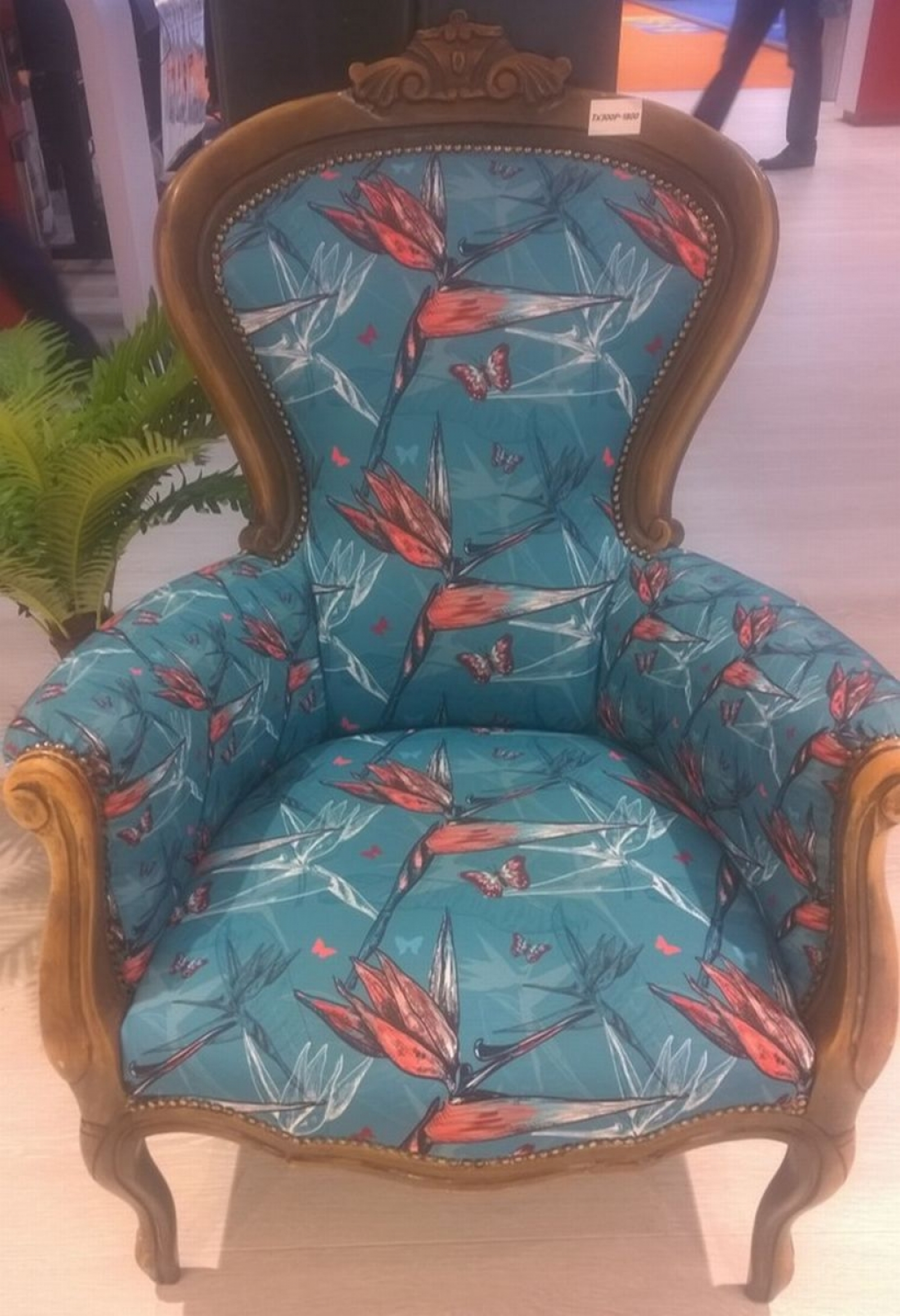This year’s FESPA exhibition was every bit as grand and colourful as the print industry has come to expect from the world’s foremost international wide format event. And while there were plenty of innovations and new technologies on display, arguably digital textiles stole the show.
This shouldn’t come as much of a surprise – after all, textile printing for garments, décor and soft signage has seen a significant rise in recent years, meaning that more PSPs are looking to tap into this market brimming with opportunities.
FESPA’s forthcoming Print Census to be published in 2018 will be an in-depth investigation into the global wide-format and speciality print community, and is likely to reveal some interesting stats. The previous Census from 2015 found that 67% of respondents had observed sustained growth in soft signage applications, 27% were already involved in garment printing and, overall, 81% had experienced a growth in this segment[1].
Those figures could be quite different this time around. The technology and solutions on display in the halls of FESPA 2017 provided enough evidence to suggest textile printing has grown since then, and shows no signs of stopping.
Alongside new series of digital textile inks, new substrates and specialist water-based and dye sublimation inks were also on display at various stands – designed for interior decor, flags and back lit fabrics. Newly developed textile printers made an appearance, along with faster, higher volume production machines. The indicator is that textile will feature heavily in investment plans in the coming year, while PSPs may also experiment more with new soft signage materials using their existing output devices.
It wasn’t just printers and inks that stood out, but the textiles themselves. Sublimation friendly clothing was displayed along with a material that is dye friendly and is easy to print on with UV, eco-solvents and latex inks. Another fabric present was one that allows for transfer and direct sublimation that eliminates the issue of ink migration. While it’s predicted that in 2017 digital will only amount to 5% of the total textile market[2], the potential for PSPs is immense.
With today’s devices capable of printing onto a variety of fabrics, who knows what the future holds when it comes to the materials being utilised for textiles? It is likely that the parameters of printing’s capabilities will expand as the technology advances with time – printers, inks and substrates are developing scientifically every year.
With over 35bn metres of fabric produced annually[3], it will be interesting to see how textile printing has developed further and what PSPs will be capable of doing by the time the next FESPA show arrives in 2018.
[1] https://s3-eu-west-1.amazonaws.com/images.fespa.com/FESPA_Census_2015_infographic.pdf
2 https://www.textilesintelligence.com/til/press.cfm?prid=491
3 https://www.fespa.com/news/features/opportunities-for-expansion-in-digital-textile-print.html
